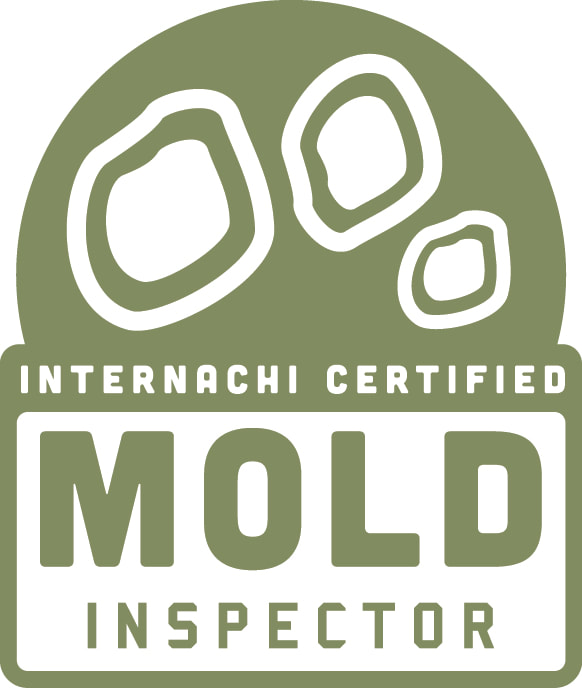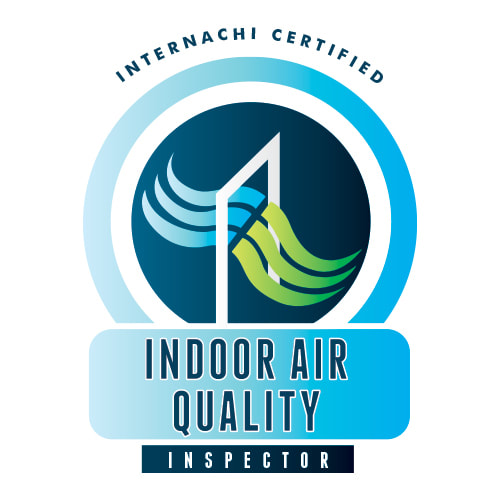Should I test for mold?
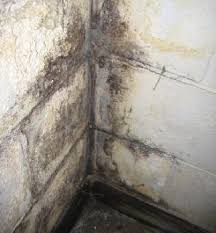
You may want to test your home for mold if:
- You smell a musty odor in the home (a musty odor is almost always caused by some sort of mold).
- You discover mold in one area of the home (mold spreads quickly throughout a home, so if you have mold in one part of the home, the rest of the home may as well).
- You or another member of your household have symptoms of mold-related health problems, such as, frequent headaches, coughing, wheezing, unexplained rashes or hives, chronic sinus infections, chronic sore throats or unexplained fatigue.
- You may also desire to have your home tested for mold if you or another member of your household has a health condition that can be made worse by exposure to mold such as asthma, severe environmental allergies, respiratory disorders, or immune system disorders.
- You suspect there is hidden mold in your home that you can't find.
- Your home has recently been flooded (mold frequently begins to grow after a home has been flooded).
Common places for mold
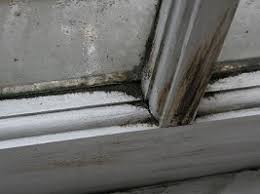
Some of the most common places that mold is found in a home are not always where you
might think. Here are some places in a
home that mold is commonly found but is sometimes overlooked.
With a little moisture and warmth, mold can grow quite rampant.
might think. Here are some places in a
home that mold is commonly found but is sometimes overlooked.
- Window Sills – When you open and close a window for years on end, the seal on the inside of the window can break down, allowing moisture to slowly creep into the home. If this gets worse and worse over time or goes unnoticed, it can begin to grow mold around the window sill or in the air.
- Behind a washing machine – Washing machines are attached to a water line and are very close to the wall typically. They do not get moved very often or cleaned behind, because of this, a slow leak in a water line to the washine machine can cause mold and be unnoticed for a long period of time. All it would take for mold to start in a place like this is a small leak in a water line or washing machine drain.
- Under the kitchen sink – Many people have a supply of cleaning products down below their sink, because of this it can often hide a small leak that happens or water running down your cabinet and then sitting inside the doors. The small area and ability for water to be actively leaking there lead it to be one of the most common places that mold is found.
- Shower walls / ceiling – Homes are not always built with the best ventilation in bathrooms, because of this it can be a breeding ground for mold when water and moisture is all over with no place to go.
- Inside walls of the exterior of a home – Siding or Roof tiles are not full-proof, sometimes they get cracked, get removed, fall off, get damaged. All of these things can easily lead to water intrusion happening in your home leading to mold on the interior of the wall.
- Carpeting – To the naked eye many times carpet just looks dirty or discolored, however it is a very common place for mold to grow because of it’s porous nature and gravity. Water wants to go to the ground, plain and simple, so the carpet naturally will catch a lot of the moisture and water in a home, if not cleaned up properly enough times it will start to grow mold in and under the carpet and pad. Something to watch out for in little children’s rooms as they do spill things quite often J
With a little moisture and warmth, mold can grow quite rampant.
Can mold harm me?
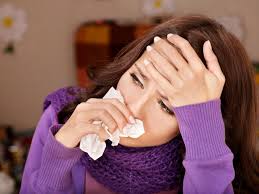
In some cases, mold in your home can make you sick, especially if you have allergies or
asthma. Whether or not you're allergic to molds, mold exposure can irritate your eyes, skin,
nose, throat, and lungs.
asthma. Whether or not you're allergic to molds, mold exposure can irritate your eyes, skin,
nose, throat, and lungs.

